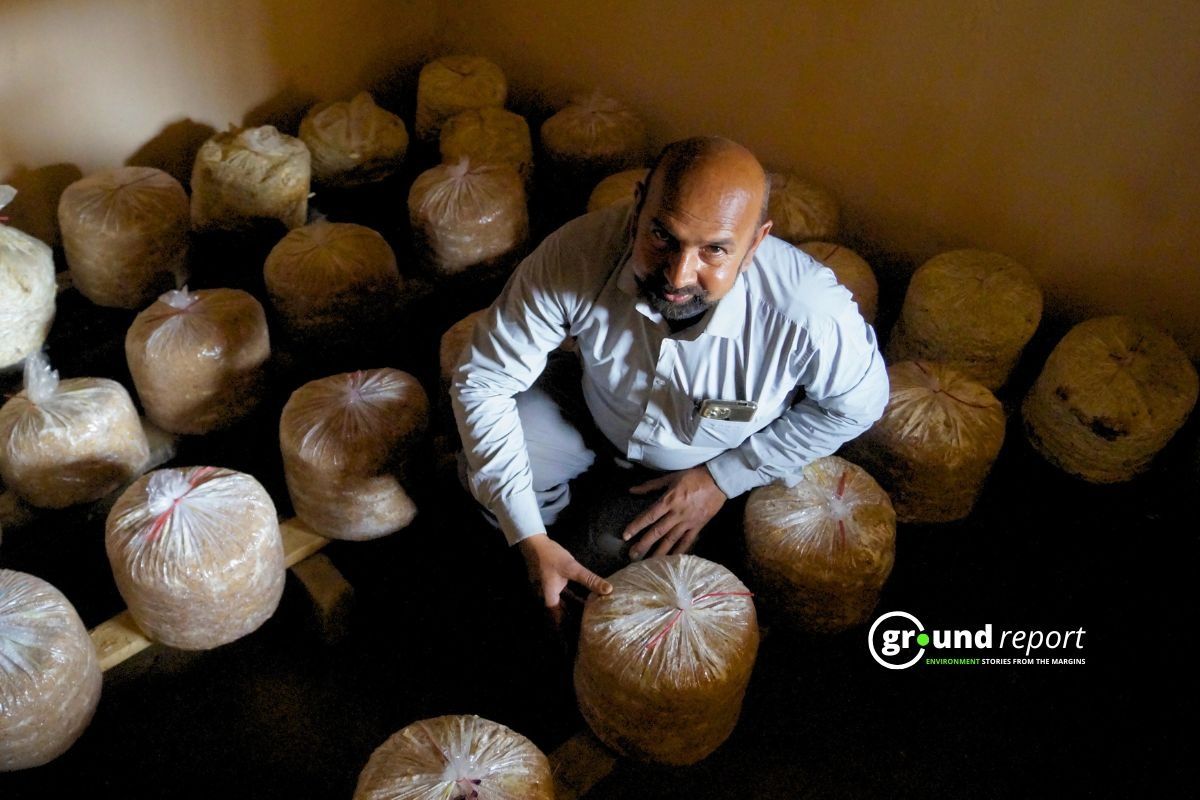Watermelon, a beloved summer fruit, sees a surge in demand and sales during the hot season. However, the increasing popularity also attracts vendors selling counterfeit watermelons for profit.
These fake fruits, often artificially coloured to mimic ripeness, pose a serious health risk to consumers. The deceptive red hue, achieved through chemical additives like erythrosine, can mislead buyers into purchasing inferior-quality produce.
Watermelons are susceptible to artificial ripening and heavy adulteration, making it challenging to discern between good and bad ones. Consumers must exercise caution when purchasing watermelons, as they are often unsafe for consumption due to practices aimed at prolonging shelf life and enhancing visual appeal.
To combat this scam, the Food Safety Standards Authority of India (FSSAI) advises the public on identifying authentic watermelons. By following recommended guidelines, consumers can ensure they’re getting fresh, sweet, and safe-to-eat watermelons.
Adulterants used in Watermelon
Forchlorofenuron is a growth accelerator used to promote rapid cell division and delay cell death in watermelons. It is applied shortly before sale to increase the fruit’s size and weight.
Erythrosine-B, also known as Red-B, is a red-colored dye injected into watermelons to enhance their appearance by giving them a bright red color.
During transportation, fruits and vegetables may travel thousands of miles and endure several days to weeks before reaching their final destination for sale. To expedite ripening at the point of sale, chemicals like oxytocin are commonly used. However, oxytocin poses health risks to humans, potentially causing stomach aches and even nervous breakdowns if consumed in excess.
Another chemical, Calcium Carbide, is also used for artificial ripening. It releases ethylene upon contact with moisture, accelerating the ripening process. However, Calcium Carbide can have adverse effects on human health, ranging from mild headaches to severe conditions like cancer.
How to check for adulteration in Watermelon
-
Cotton Ball Test: Cut the watermelon in half and rub a cotton ball on the red pulp. If the cotton ball turns red, it may indicate the presence of the chemical dye erythrosine.
-
Water Test: Cut a small slice of watermelon and place it in a pan of water. If the water changes color quickly, it suggests the watermelon may contain a red dye.
-
Time Delay Test: Leave the watermelon out in the kitchen for a couple of days. If it has been injected with chemicals, it may start to ooze a smelly fluid and decay prematurely.
-
Taste Test: Watermelons treated with growth enhancers may lack flavor since the natural sweet taste develops over time.
Some best practices to follow when shopping for watermelon
-
Look for a Pale Yellow Patch: Check for a pale yellow patch on the watermelon, typically where it rested on the ground. This suggests that the watermelon ripened naturally on the vine.
-
Check for Web-Like Spots: Inspect the watermelon for web-like spots, indicating that bees may have pollinated the watermelon flowers, leading to better fruit development.
-
Examine the Tail: Pay attention to the tail of the watermelon. A dry, dark black or brown tail indicates natural ripening. Avoid watermelons with green stalks, as they may be adulterated.
-
Inspect for Injection or Puncture Marks: Look for any signs of injection or puncture marks on the watermelon, which could indicate tampering or adulteration.
-
Avoid Offseason Purchases: Refrain from buying watermelons or any fruits during the offseason, as they may be less fresh and of lower quality.
Protecting against watermelon adulteration is crucial for ensuring safe consumption. By learning about common adulterants, using practical detection methods, and following best shopping practices, consumers can enjoy the sweet taste of watermelon confidently, knowing they’ve selected a genuine, untainted fruit.
Keep Reading
MP Balram Talab Yojana 2023: Farmers get support to build ponds
Will the Ken-Betwa project benefit the Bundelkhand region?
Follow Ground Report for Environmental News From India. Connect with us on Facebook, Twitter, Koo App, Instagram, WhatsApp and YouTube. Write to us at GReport2018@gmail.com and subscribe to our free newsletter.
Don’t forget to check out our climate glossary, and learn difficult environmental terms in simple language.









